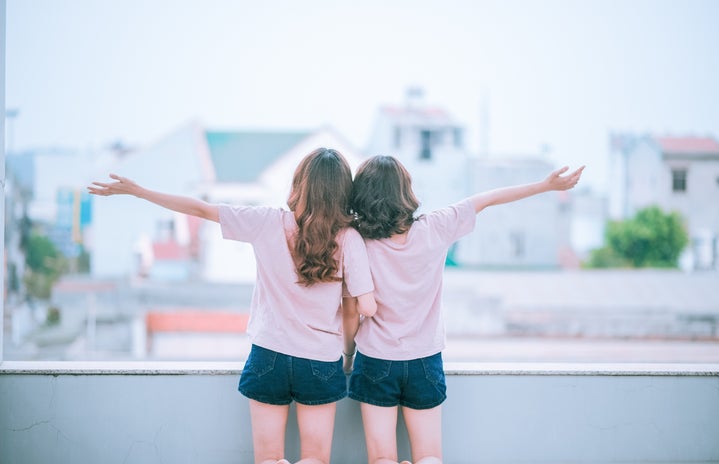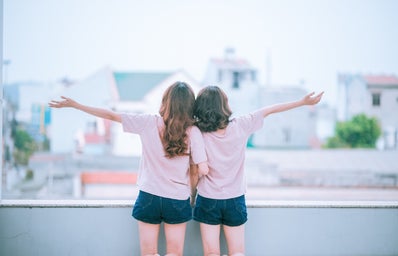Art has an obsession with the female form. There’s no other obvious word for it. From Milton’s condemnation of woman as the cause for ‘the fall of mankind’, to the sexualisation of Margot Robbie’s ‘Harley Quinn’ in 2016, women have been objectified, denounced and discussed throughout centuries. In a world that still condones misogynistic behaviour (*cough* Trump, we’re looking at you), HCX have compiled a sample-size timeline of the campaign for female equality in the media, arts and culture in general:
Early 20th century
- 1918 Female homeowners over 30 gain the vote in England. This is the result of a long suffragette campaign that was documented and demonised by major media companies in the UK
- 1928 All women in the UK over the age of 18 are granted the public vote
- Virginia Woolf writes “A Room of One’s Own”, a consciously feminist novel that causes scandal in the public eye
1950s
- Actresses such as Marylin Monroe, Elizabeth Taylor and Audrey Hepburn become the stars of the ‘Hollywood Blockbuster’. However, the media disappointingly focuses mainly on their relationships, marriages and affairs.
1960s
- Eon films introduce the iconic ‘Bond Girl’ figure, fitting into three categories: “main sidekick”, “femme fatale” and “sacrificial lamb”. Reduced to physical trophies and sexual conquests, the evolution of ‘Bond Girls’ to Naomie Harris’ strong and independent ‘Moneypenny’ in 2015 was a long time coming
1970s
- In the 1970s, French feminist theorists, such as Helene Cixous, coined the term écriture féminine (which translates as female, or feminine writing). This writings which flowed directly from women themselves became wildly popular, commenting on female experiences in a sexist world
1980s
- Intertextual and intersectional feminism evolves out of the writing of black, lesbian women such as Alice Walker, author of “The Colour Purple”. Feminism is more than the ‘middle class, white, heterosexual woman’. Present Day TV shows like Orange is The New Black reflect this years later
2000s
- The ‘Kidnapping’ novel is popularized. Normally showing a young girl, snatched from her home and under captivity of males, often breaking free from this restraint. Emma Donoghue’s “Room” is a perfect example of this
- There is a dramatic rise in the number of strong dystopian heroines – see Katniss Everdeen from ‘The Hunger Games’ trilogy and Tris from ‘The Divergent’ series for further reference. Although there was some concern about the focus on ‘love triangles’ in this form of media, strong female leads became more prominent
- Malala Yousafzai is shot by the Taliban after standing up for the practice of female education. She later wins the Nobel Peace Prize for her actions and gives an inspirational speech on the necessity for equal education to the UN
Present Day
- A reporter asks Rihanna what she was looking for in a man and she responds with a scolding finger wag: “I’m not looking for a man. Let’s start there.”
- Emma Watson becomes an advocate for the #HeforShe equality campaign, including women and men in the fight for equal pay; fair representation in the media, film and literary industries; equal educational rights and equal living standards
- Donald Trump becomes President of USA, after suggesting that “You know, it doesn’t really matter what women write as long as [they’ve] got a young and beautiful piece of ass.”
- Women everywhere march in capital cities in a show of strength aginst Trump and the media representation of women
The Future
Here at HCX we want to make sure that the campaign for equal representation in the media and arts continues; there is still much more to be done! Women deserve to be treated equally, and discussed not for their bodies, but for the influential and inspiring things that they achieve every day.
We hope you’ve been interested and inspired by this timeline and its small sample of the world’s most inspirational, strong women!

